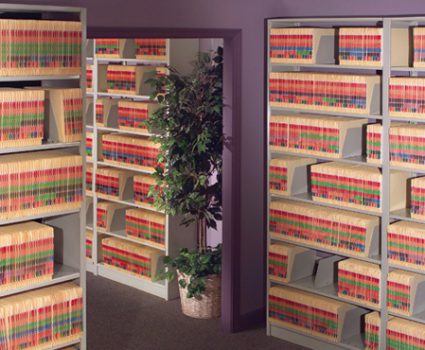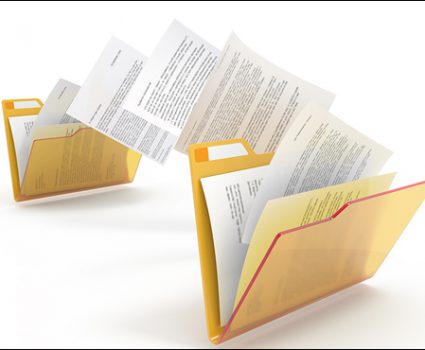
Why you need a vital records program – and how to get started
Like most organizations, your company has probably made a considerable effort to secure and back up your electronic records. But what about your organization’s vital paper records? Will critical paper documents be just as secure and available in the event of a disaster?
When we talk about vital records, we are talking about those that are essential to the ongoing operation of your business and those that play a critical role in re-establishing operations after a disaster.
Vital records can include contracts and other legal documents necessary to prove ownership of assets, to collect receivables or to otherwise protect the essential interests of your organization.
They also include emergency contact information, computer codes and instructions for restoring normal operations in the event of a disaster.
Why a vital records program is essential.
If you haven’t given much thought to your vital records, you’re not alone. In regions outside the usual danger zones for disasters such as tornadoes and hurricanes, there is a natural tendency to de-prioritize vital records programs because the threat seems so remote.
However, there are two reasons to be wary of this complacency. The first is that disasters don’t need to happen on a large scale to be devastating for a business. If you work in a shared office building, a “disaster” could be as simple as someone leaving the water running in the unit above yours, or a burst pipe.
The other reason a vital records program is so important is the potential severity of the consequences. By definition, vital records are essential to the operation of your organization. Failing to secure them is akin to gambling with the very survival of your company. In a tough business climate, it doesn’t take a long period of downtime to seriously affect profitability.
Getting started.
To be sure your vital paper records are secure, the first step is to define which records are considered to be vital. To do this, you need to carefully review operations across your company and look at which records would be required in the event of a disaster – and which records, if destroyed, would bring your operations to a standstill.
Having identified which records are vital, you need to consider which ones require special treatment in terms of storage and security. Not all records will require the same degree of protection under a vital records program. You may want to prioritize your list based on how easy it would be to replace a record. For example, some vital records may only be duplicates of documents held in other locations such as a land registry office or the office or a regulatory body. In these cases, you may not need to go to extreme lengths to secure your copies.
When deciding which records require maximum safety and security, the key is to consider the cost versus the potential risk. If your organization has a relatively small collection of vital records, you can include “borderline” records just to be on the safe side. On the other hand, if you are dealing with a large number of vital records, you will need to apply the criteria selectively order to avoid unmanageable storage costs.
As you put your vital records program in place, it’s important to keep in mind that the status of a record may change over time. Existing records need to be reviewed regularly to see if they still qualify for “vital” status. At the same time, newly created vital records need to be identified as such and stored accordingly. In other words, vital records management is not a one time exercise – it needs to be a living, dynamic program.
With this initial groundwork in place, you are now ready to get into the heart of the program, which includes choosing the location and type of storage for vital records. In a future post, we will look at this step in more detail, along with the role of back-up copies and physical document recovery services.
Next Steps
- Don’t want to wait for the next blog post? You can download our complete guide to setting up a vital records program today.
- Learn more about disaster recovery in our free white paper, Disaster Recovery and Vital Records in a Hybrid RM Environment: A Risk Management Action Plan.
- Contact one of our team for help putting your vital records program in place.





